Bird haven
Discover the birdlife of the Biesbosch here. Learn to identify them and get started with a pair of binoculars.

The (dawn) chorus
Step under the canopy and experience a one-minute-long chorus of birdsong in the Biesbosch from dawn until deep in the night.
Kingfisher wall
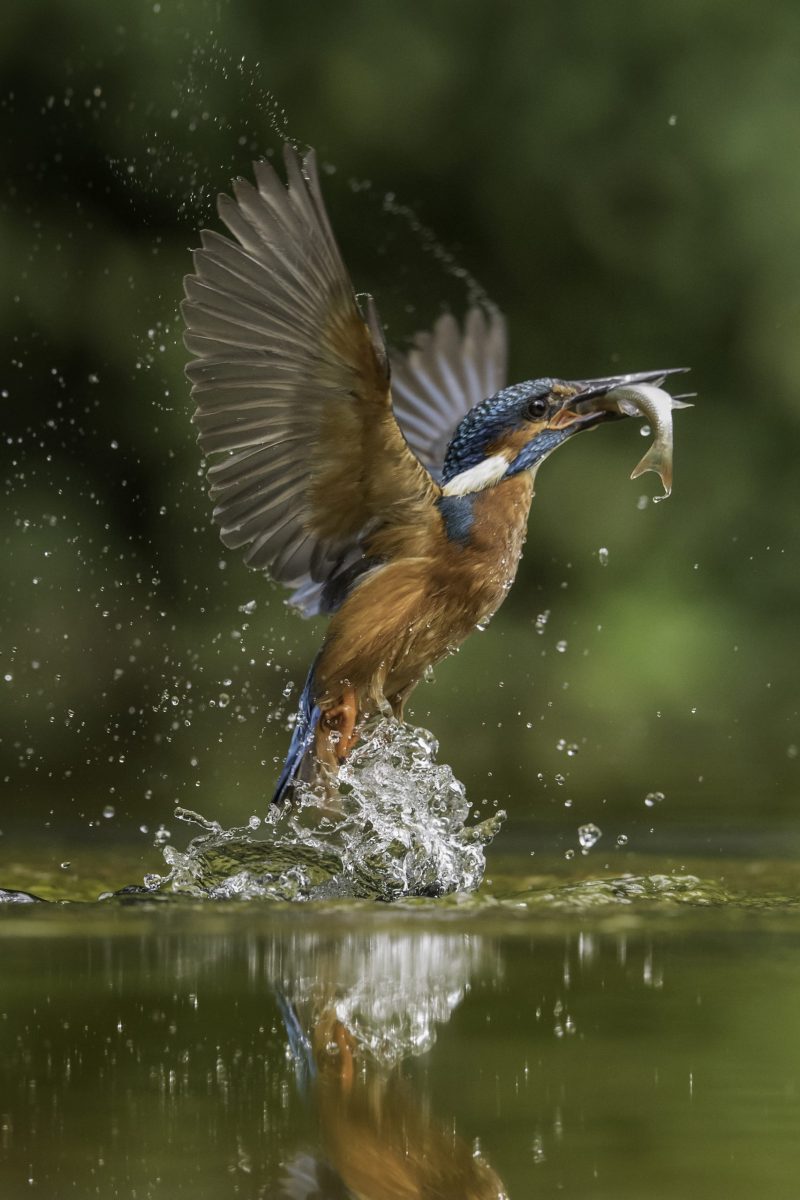
- An airborne kingfisher appears as a flash of blue. Press on the button and try to ‘catch’ it.
- In the Biesbosch, the kingfisher likes to build its nest in the roots of fallen trees. Press on the button to look inside the nest.
- Perched on a branch overlooking the water, a kingfisher will scan for fish, before swooping into the water to catch its prey.
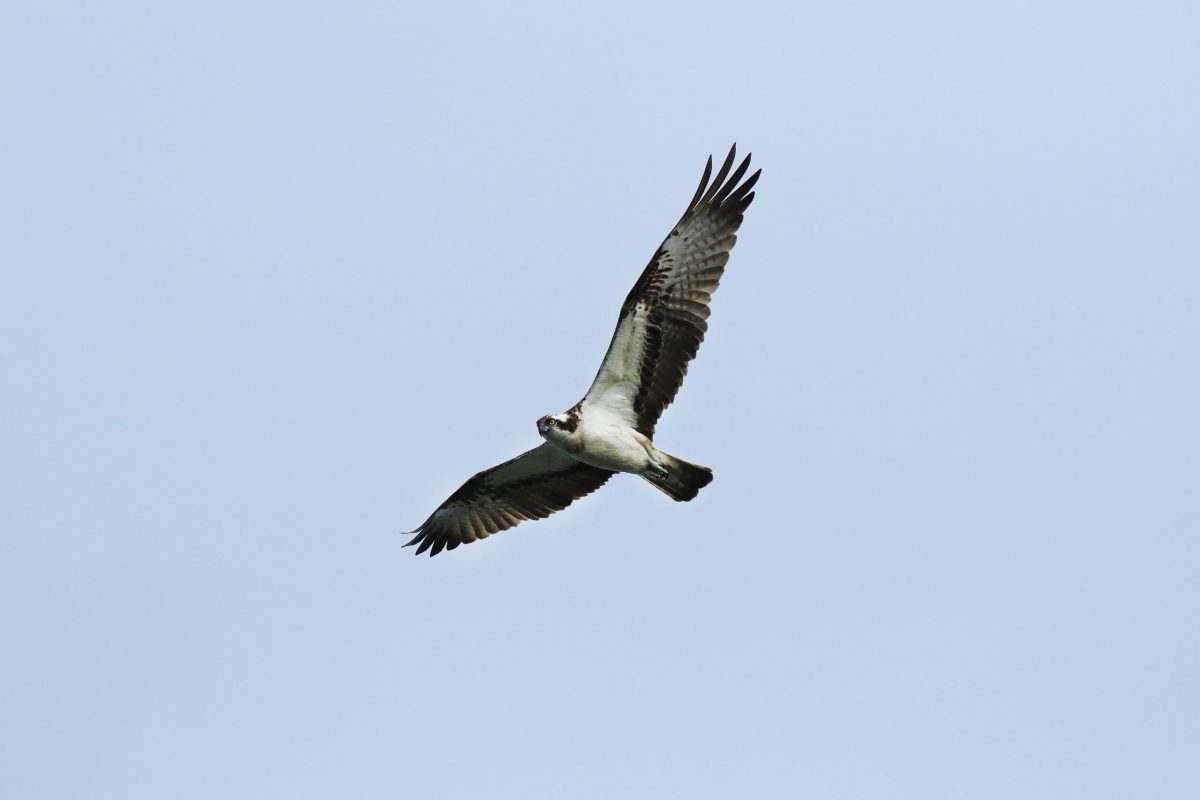
Osprey
Ospreys can be seen in the Biesbosch from April to the end of September. It has a wingspan of 1.5 metres, so don’t forget to look up! In some parts of the world it is called the ‘fish hawk’ because it is able to pull fish out of the water with its big claws.
On the column are photographs of the marsh harrier, the buzzard, the osprey and the white-tailed eagle. Line up the three photos of the osprey and you will hear its high-pitched call.
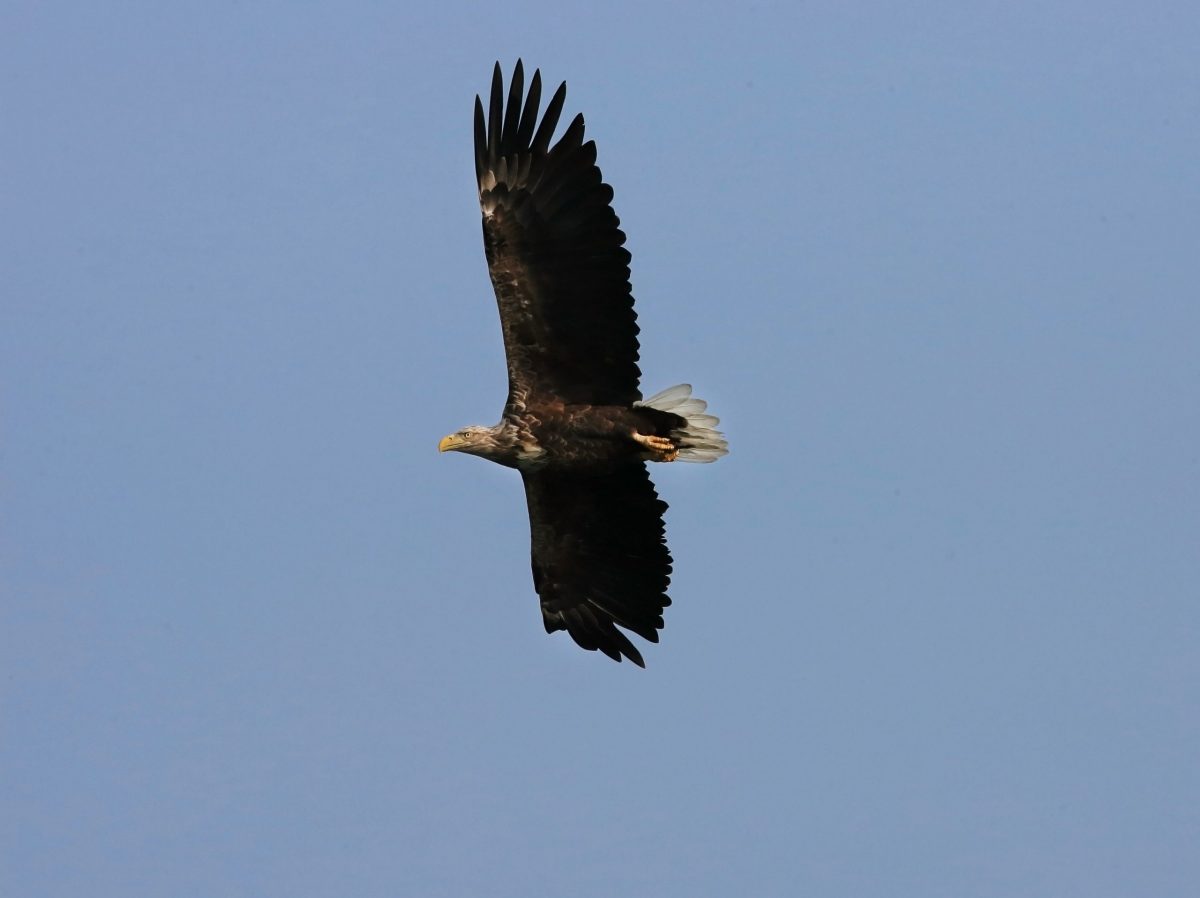
White-tailed eagle
The white-tailed eagle can be seen all year round in the Biesbosch. It has a wingspan of 2.5 metres and it is sometimes known as the flying barn door. Look skywards! It has a characteristic white tail and a large yellow beak.
On the column are photographs of the marsh harrier, the buzzard, the osprey and the white-tailed eagle. Line up the three photos of the white-tailed eagle and you will hear its call.
Bird carrousel
Because of the water, the Biesbosch is a real haven for birds. There is plenty of food and rough vegetation to build a safe nest. Read more about 6 Biesbosch birds and look where you can see them on the map.
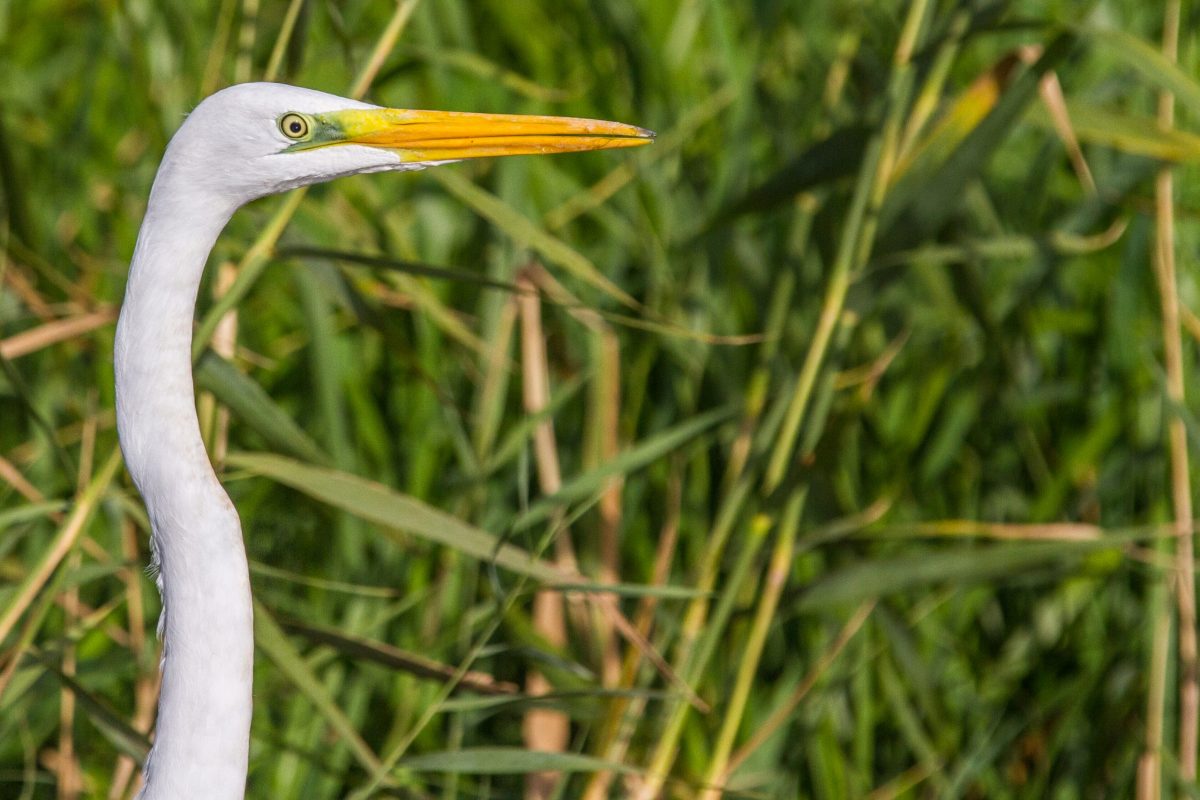
Great white egret
My sound is like a ‘Crrrraahh’.
- You can recognise me by my silvery-white plumage, yellow beak and long black legs. I like to eat fish, frogs and mice.
- I’ve been coming to the Biesbosch since the 1970s, mainly in the winter, because the water doesn’t freeze so much because of the tides.
- Since 2020 we have been breeding in the Biesbosch, in addition to a permanent habitats in Eastern Europe.
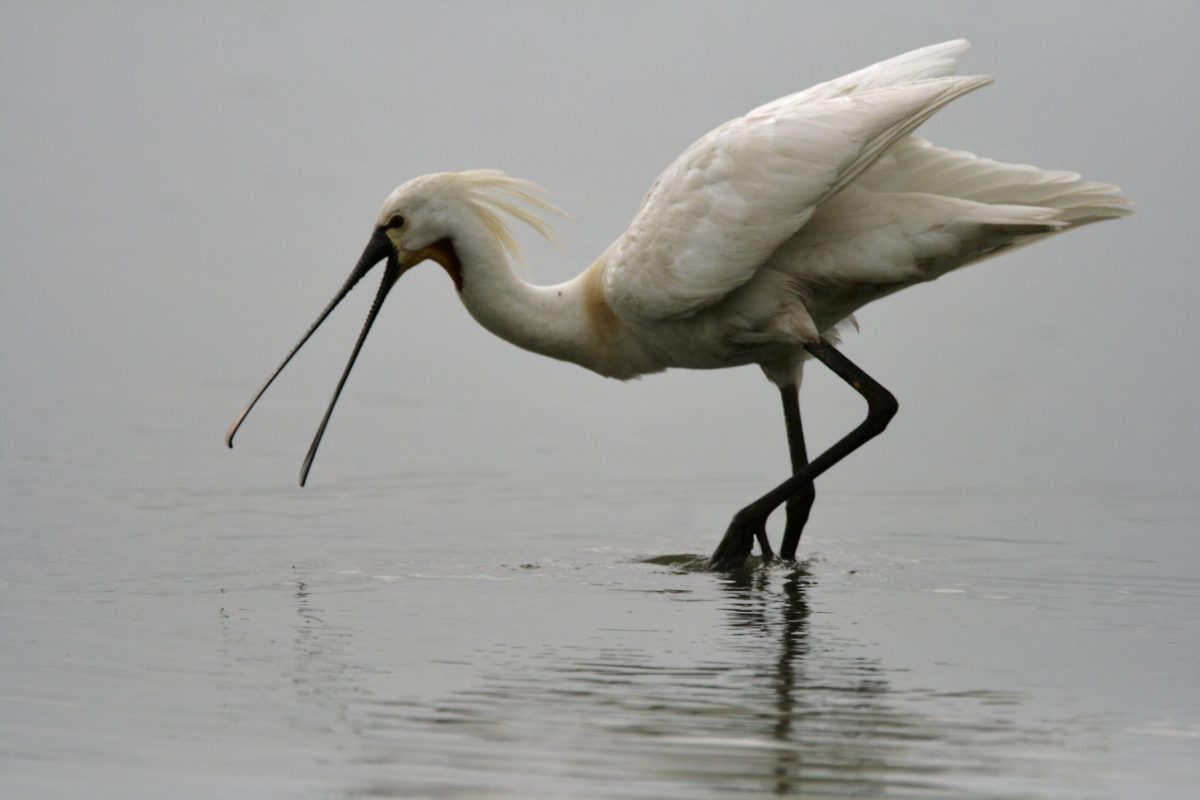
Spoonbill
I’m mostly silent but you can sometimes hear me clacking my bill.
- You can recognise me by spoon-shaped bill, ideal for fishing! We are in the Netherlands more or less all year round.
- We like breeding in the Biesbosch, mainly in large colonies. Even when we are in the company of other birds like great white egrets, cormorants and common terns.
- If I decide not to stay in the Netherlands, I migrate south in November, through Western Europe to Western Africa. I come back to the Biesbosch in February.
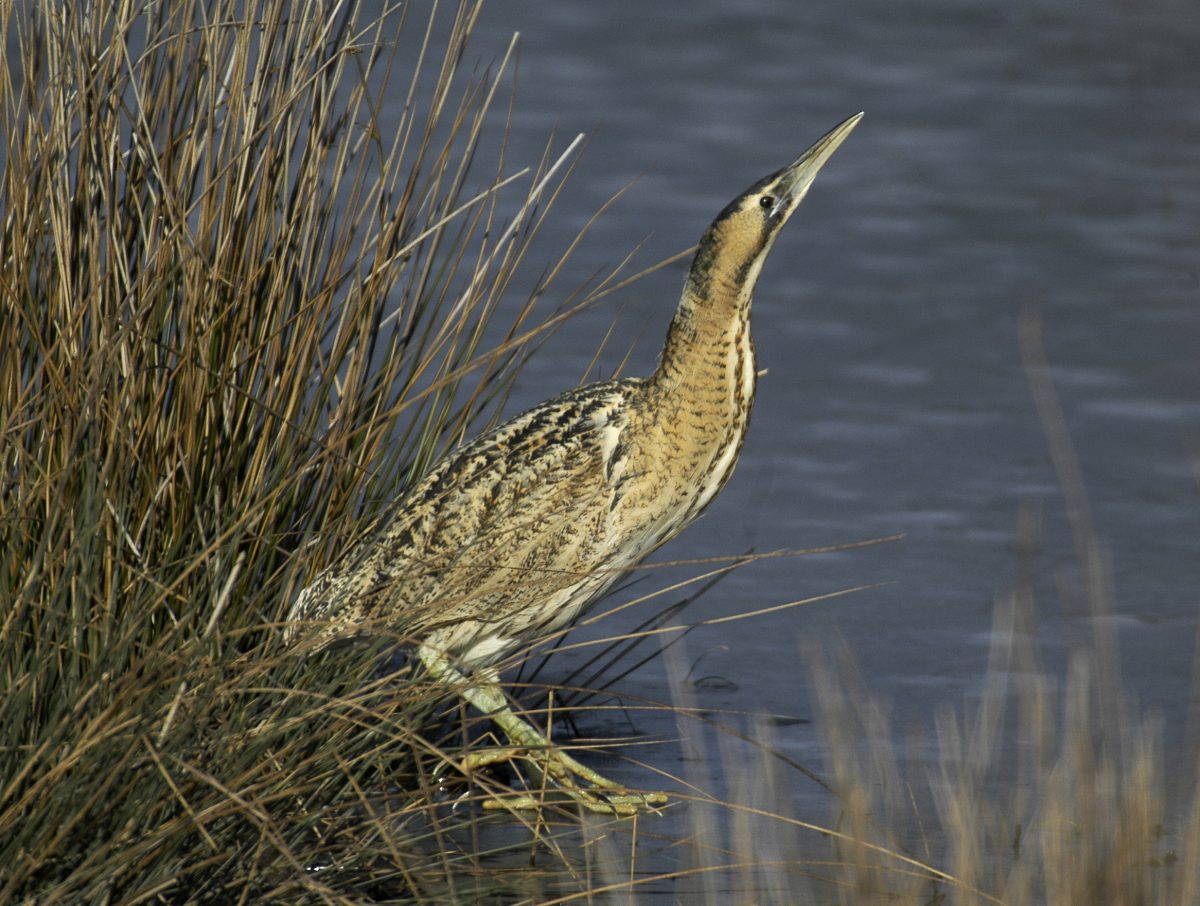
Bittern
You can hear my deep, hollow ‘Whoomp’ from a long way off.
- I’m rather shy and like to hide in the reedbeds of the Biesbosch. When alarmed, I adopt a defensive pose with an outstretched neck and an upward pointing bill.
- I also breed in reedbeds At twilight I venture out for food.
- Normally I stay in the Netherlands during the winter, but if it’s too cold, I will head southwards to France.
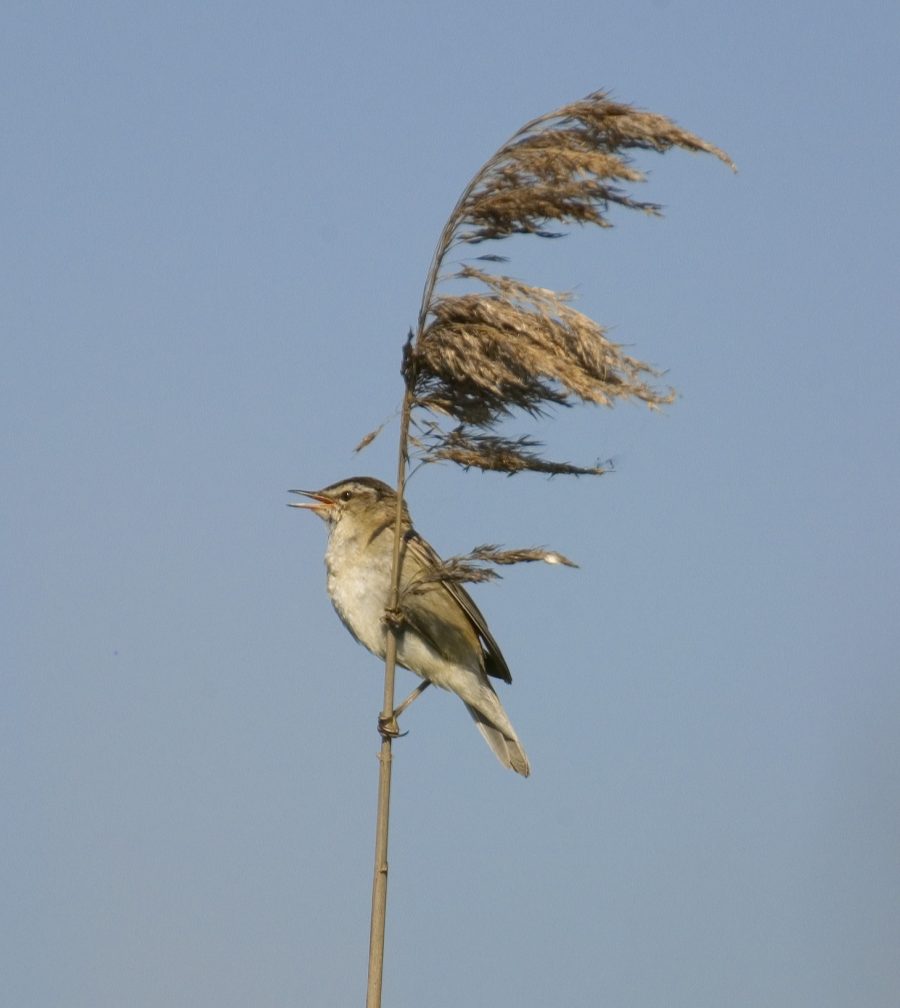
Segde warbler
I like to mimic other birds, in my own ‘rasping’ manner.
- A timid bird I am not. I like to sing and flit upwards out of the reeds before dropping back down again like a parachute.
- In the Biesbosch I nest low in the reedbeds from April to May.
- In August or September we migrate back south from the Netherlands to the Sahara where we spend the winter.
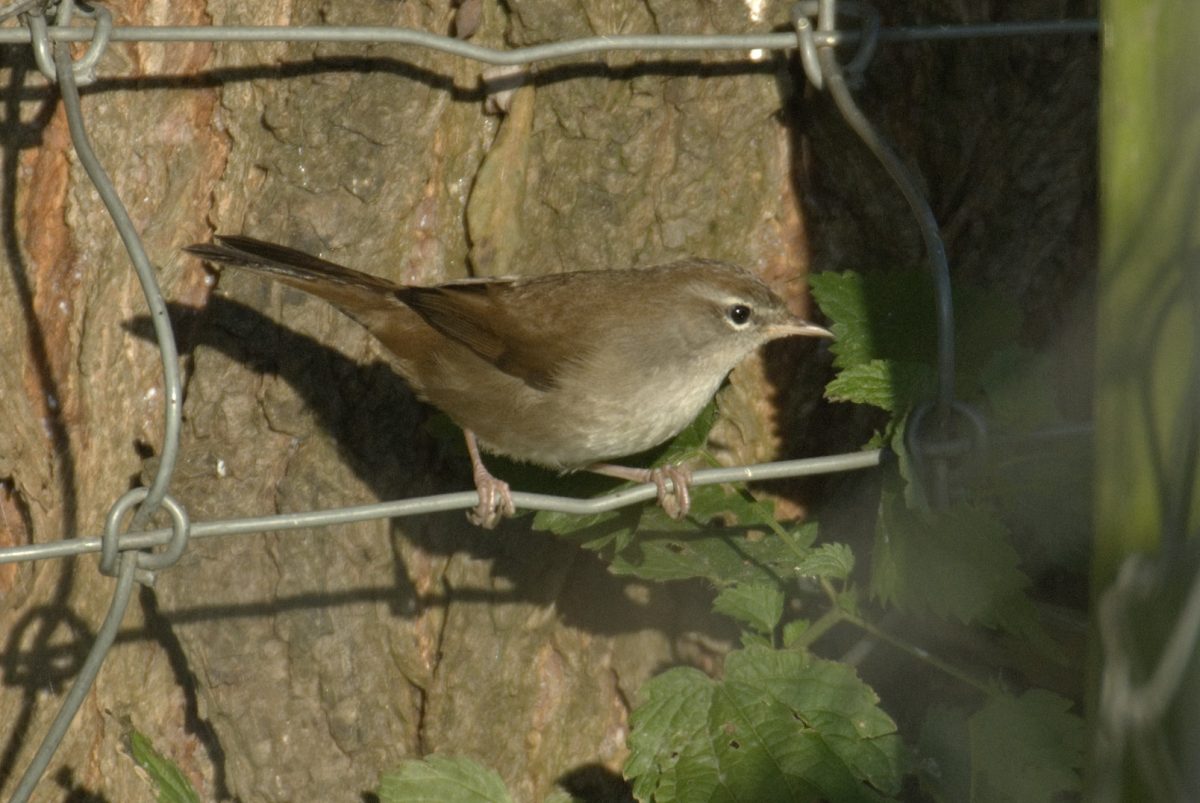
Cetti's warbler
I am a loud warbler, starting with a ‘tick’ and then, after a pause, a rapid series of identical notes, ‘chewechewechewewe’.
- I may not have a striking appearance but I give ebullient concerts from the reedbeds or shrubs.
- You might well hear me, but not often see me. I often hide away in the thick vegetation along the water’s edge.
- Because of the mild winters, more or more frequently we winter in the Netherlands. Only in the extreme cold do we migrate south to Central France.
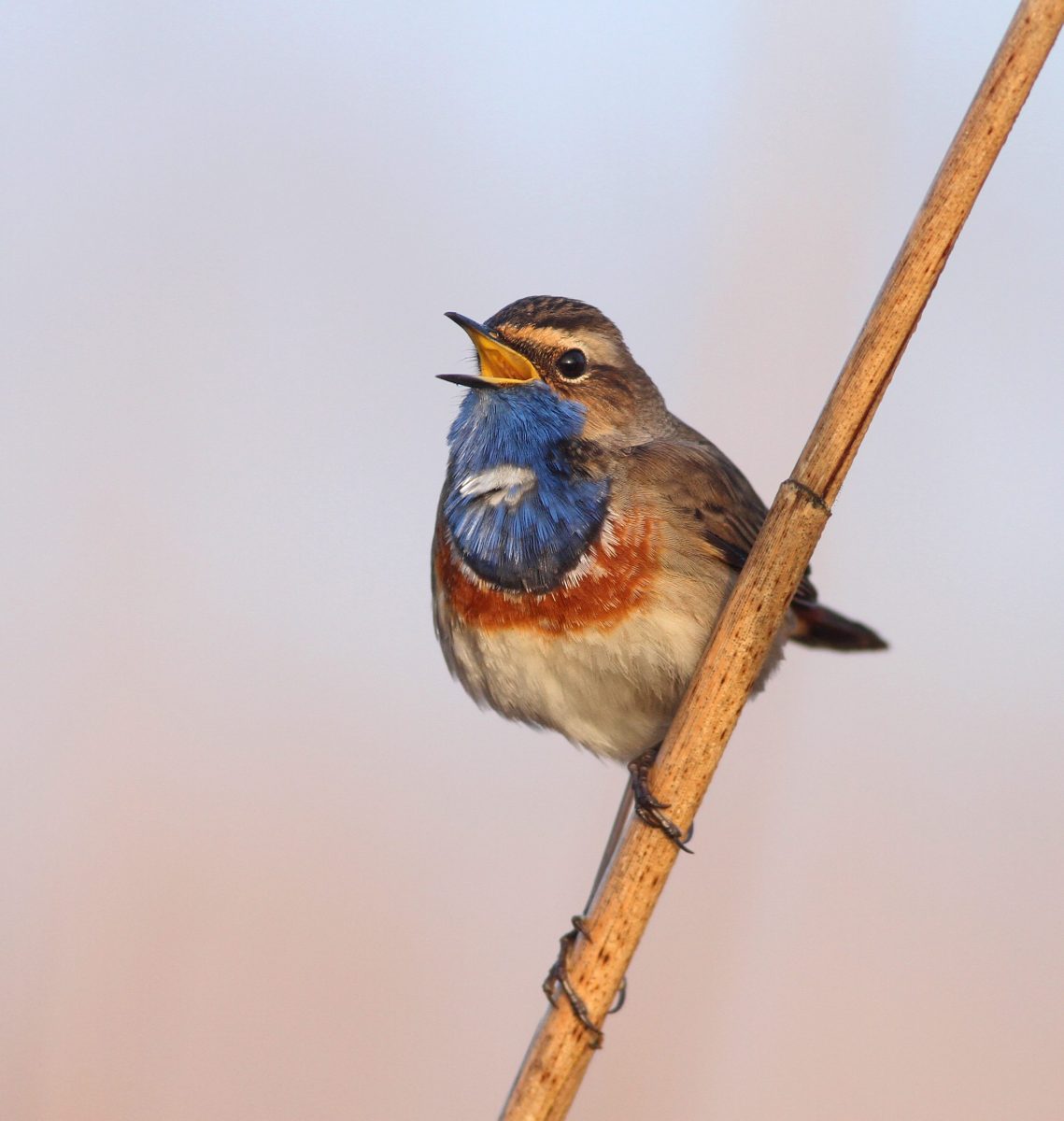
Bluethroat
From the top of a willow or reed I like to mimic other birds, at first hesitantly then more rapidly.
- My plumage explains my name! I like to stay in the Biesbosch because of the variation of wet and dry areas and the difference between an open and thickly vegetated landscape.
- Throughout the spring we breed in well-concealed nests in the bushes. There is food aplenty for us in the Biesbosch: insects, slugs, seed and berries.
- I am in the Biesbosch from the end of March to late July. Before autumn comes I migrate back to the south.